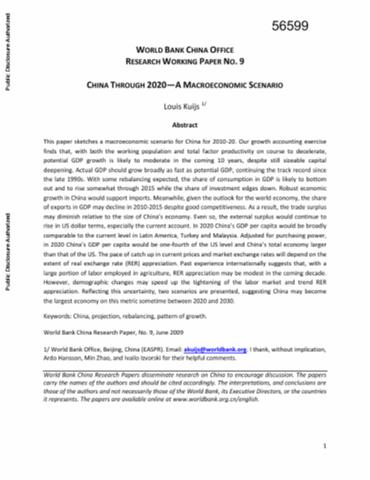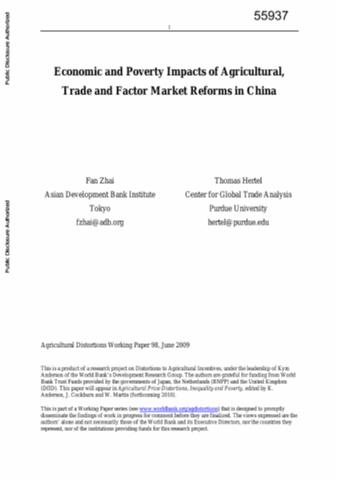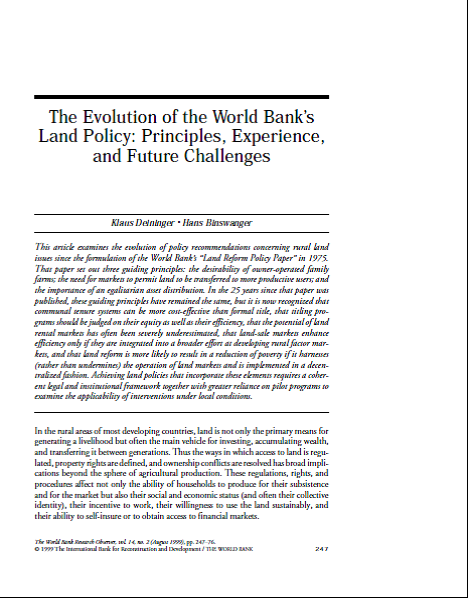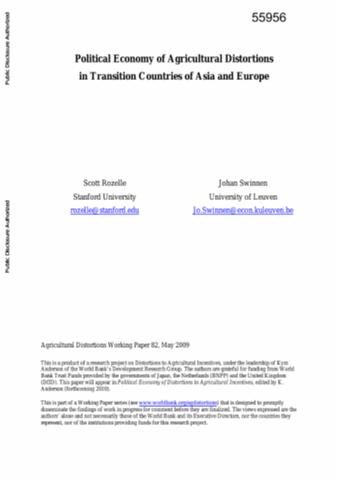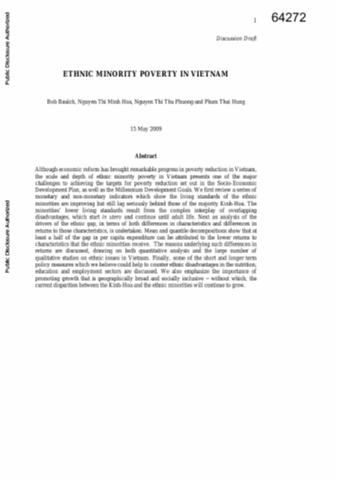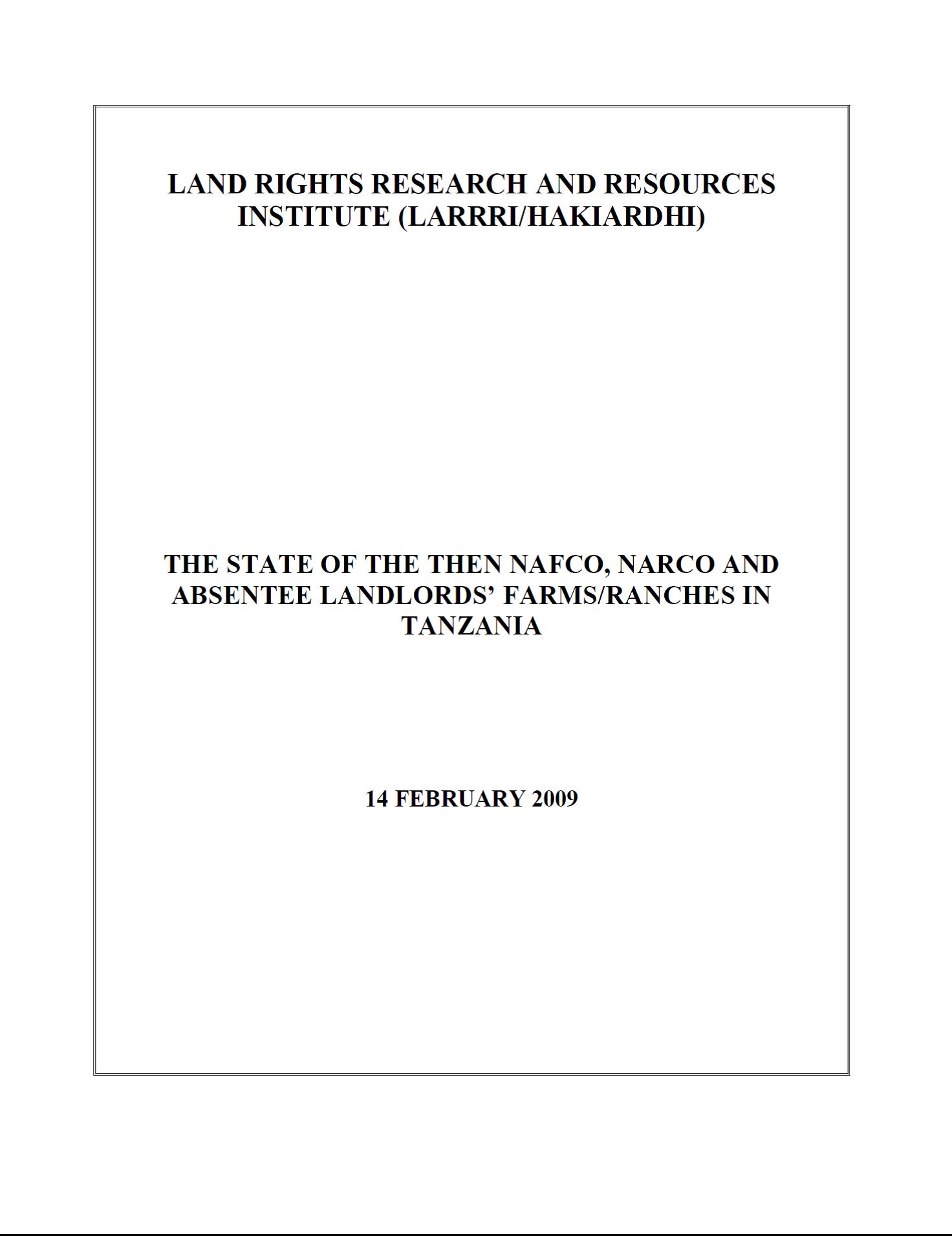China through 2020
This paper sketches a macroeconomic scenario for China for 2010-20. Growth accounting exercise finds that, with both the working population and total factor productivity on course to decelerate, potential gross domestic product (GDP) growth is likely to moderate in the coming 10 years, despite still sizeable capital deepening. Actual GDP should grow broadly as fast as potential GDP, continuing the track record since the late 1990s.

